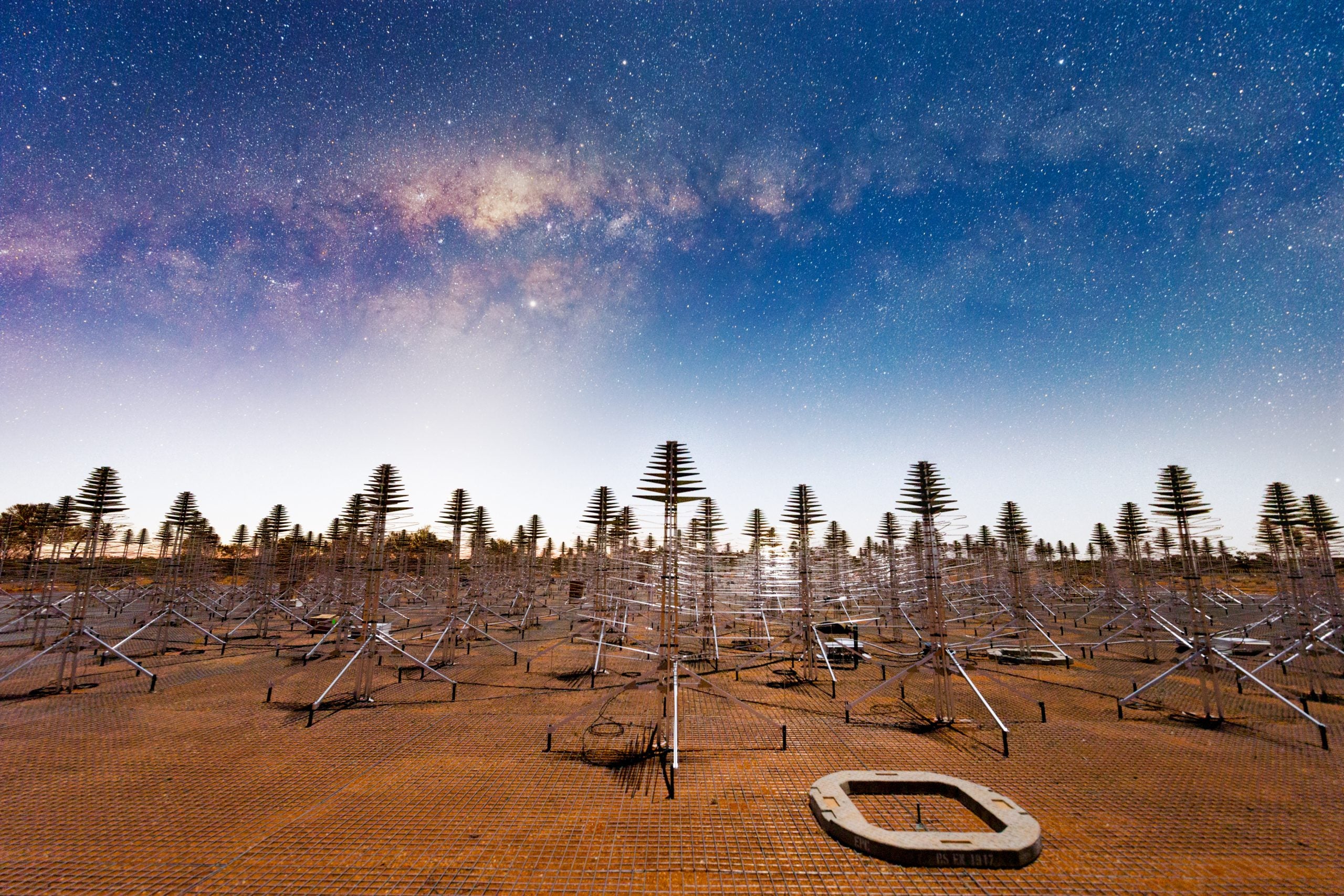Construction of the world’s biggest telescope to begin – and start hunting for alien life and more
Made up of two telescopes, SKA hopes to look deep into the universe

Your support helps us to tell the story
From reproductive rights to climate change to Big Tech, The Independent is on the ground when the story is developing. Whether it's investigating the financials of Elon Musk's pro-Trump PAC or producing our latest documentary, 'The A Word', which shines a light on the American women fighting for reproductive rights, we know how important it is to parse out the facts from the messaging.
At such a critical moment in US history, we need reporters on the ground. Your donation allows us to keep sending journalists to speak to both sides of the story.
The Independent is trusted by Americans across the entire political spectrum. And unlike many other quality news outlets, we choose not to lock Americans out of our reporting and analysis with paywalls. We believe quality journalism should be available to everyone, paid for by those who can afford it.
Your support makes all the difference.Construction has begun on the world’s biggest observatory, the start of an effort to uncover some of the universe’s deepest secrets.
The SKA observatory is made up of two telescope sites, in South Africa and Australia, with a headquarters in the UK. Across those sites will sit almost 200 dishes as well as 130,000 dipole antennas, like little Christmas trees scattered across the desert.
Together, that equipment will work to make a giant telescope, effectively able to measure across hundreds of thousands of square metres. It will be the biggest science facility in the Earth.
The vast size of the telescope will mean that it will produce eight terabits of data each second – illuminating the cosmos but also providing a challenge for the researchers tasked with making the most of it.
Scientists hope to use that unprecedented technology to look back to the beginnings of the universe and of life, as well as helping to answer the question of whether there might be alien beings elsewhere in the universe.
The idea to make one observatory out of two telescopes was settled on 10 years ago. The two telescopes are known as SKA-Mid and SKA-Low, and the distance between them allows the observatory to pick up signals more sensitively than ever before, since they can act as one telescope and pick up a variety of different frequencies.
Construction began with ceremonies on Monday at the remote sites in South Africa and Australia. The first part is expected to finish in 2028, though data should start coming from the telescope before then.
Some of the building will happen on the site of the MeerKAT telescope in South Africa. That telescope has already been used by astronomers to find new information on a variety of objects in the universe – including publishing the most detailed image of our own galaxy, and has found that there are huge structures towering up and underneath our Milky Way.
Other telescopes in South Africa and Australia will be integrated into the final version of the SKA, or Square Kilometre Array.
Work on the SKA began in the early 1990s, when scientists suggested that it would be useful to look right back into the beginnings of the universe, or the Cosmic Dawn. Work on it has brought together a range of different countries from across the world.
Join our commenting forum
Join thought-provoking conversations, follow other Independent readers and see their replies
Comments